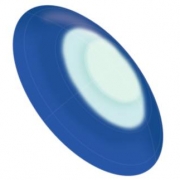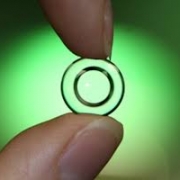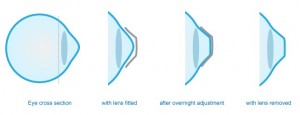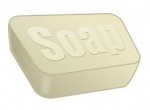Biotrue Multifocal Contacts Are Revolutionary
For years we have had bi-focal or multi-focal soft contact lenses. These lenses, aimed at providing both near and far vision without the use of reading glasses, often fall short of useful vision. Problems include glare, haloing, and loss of stereo vision. Fortunately a newly designed lens is available with 3 zone optics that place these obstacles in the past. Introducing the Bausch and Lomb Biotrue for Presbyopia contact lens. Never before have I achieved such great patient satisfaction. Last week, after being fit with the lens, a patient left saying “I cannot believe an eye examination could be so great”.
So what is the difference? There are two contributory factors. For one, the lens material is the same as the Biotrue Daily. A lens made of 80% water, it’s like placing a bag of water on the eye. Literally you cannot even feel the lens on eye. And this is extremely important. The feeling of a contact lens on the eye relates to how dry the surface of the lens becomes throughout the day. A dry eye will inhibit good optics through the lens and lead to blurred vision and tired eyes. Biotrue contacts are designed to prevent loss of water. Second, the fresh multi-focal design assures clean optics at 3 distinct zones. In the past, contacts were focused mainly on 2 areas. Now, distance, computer and reading vision are satisfied with Biotrue for Presbyopia’s optics.
These lenses are certainly a valuable part of my lens library. I will say that they are lenses that require a careful examination. I study a patient’s visual demand by discussing occupation, daily routine and hobbies in detail. Special time is set aside for each multi-focal contact lens evaluation. Additionally, these lenses require an adaptation period. As with other advanced prescribing, I talk to patients about letting these lenses settle for the first 1 week or so.
Feel free to comment or send me your thought on using multi-focal contacts.









